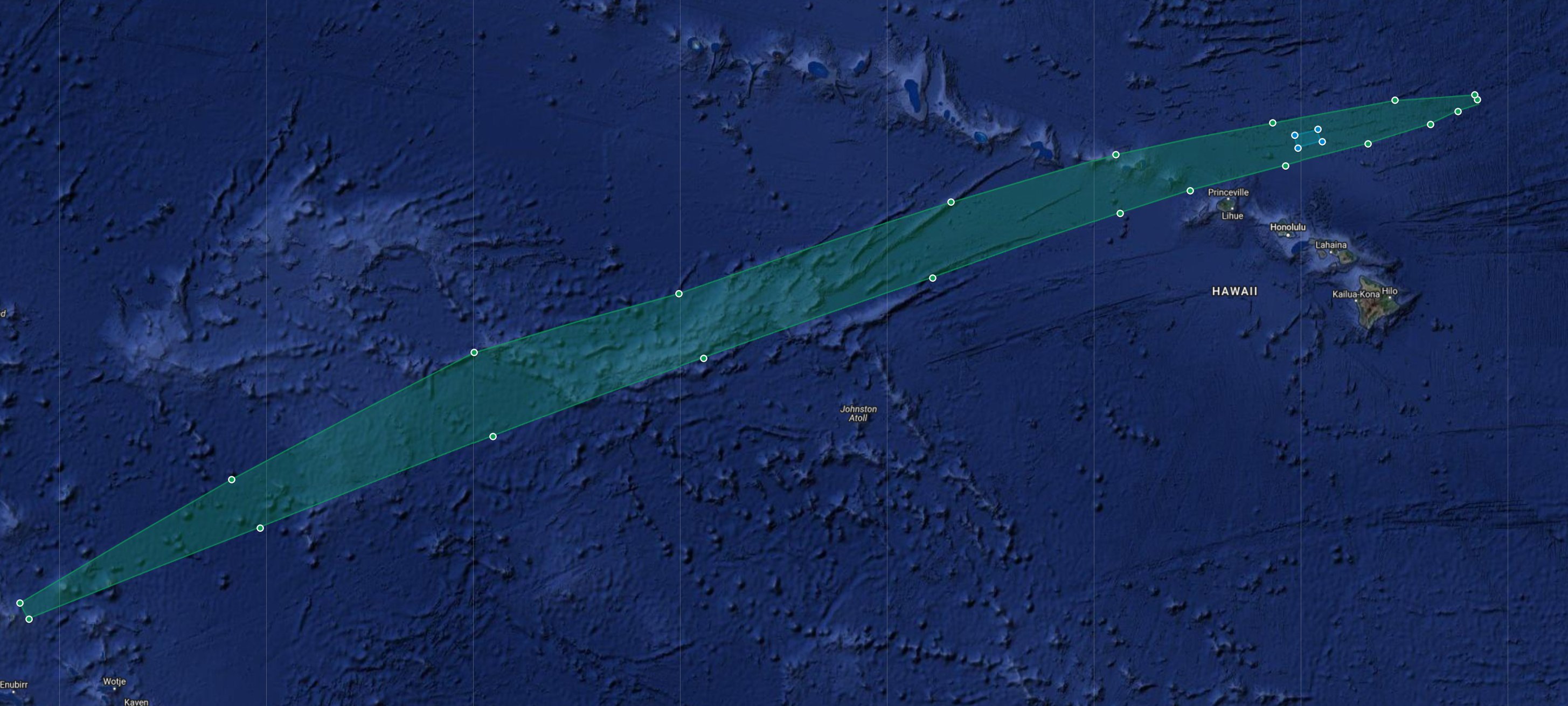This resolves to YES if the [planned orbital test flight](https://en.wikipedia.org/wiki/SpaceX_Starship_orbital_test_flight) for Starship happens and the spacecraft indeed lands in the Pacific ocean near Kauai. For the purposes of this question, the landing doesn't have to be propulsive, but it does have to hit the ocean within 100 km of the target location. If the test flight doesn't happen by the end of 2023 this resolves N/A.
🏅 Top traders
| # | Name | Total profit |
|---|---|---|
| 1 | Ṁ1,466 | |
| 2 | Ṁ567 | |
| 3 | Ṁ408 | |
| 4 | Ṁ269 | |
| 5 | Ṁ144 |
People are also trading
@Mqrius Hmm, I actually changed the close date from December in light of the recent testing. I'm inclined to not resolve N/A on account of my accidentally letting the market close if everyone is all right with that.
@Manifold I'm actually a bit surprised that the description doesn't show an updated close date. Does this not happen anymore?
@BoltonBailey Yeah I don't mind extending the close date, I don't think that would be very relevant to the market anyway. It's about the events in the first flight, not about when that first flight is. But maybe remove that bit from your description!
@BoltonBailey the currently planned landing area for Starship (tiny blue rectangle) is more than 100km from any coast of a Hawaiian island, if my measurements are correct. How does that affect this market?
I think it makes most sense to resolve Yes if it lands in this rectangle as planned. @Isaac228c @JacobDean do you agree?

Image source: currently posted NOTMARs via Alexphysics13
@Mqrius Based on the current wording of the market it seems like that rectangle should just be considered the “target location”, and then the market cares about whether it lands within 100 km of that. Though it would be useful to clarify if that means 100 km from the center of the rectangle or 100 km from its edge.
@Tegwick Some parts they have experience with yeah, but some parts are definitely new technology, not just scaling up of known technology. They de-risked doing flap reentry a little bit with the 10km hops, but there's still plenty left untested. The heat shield itself, flap use during hypersonic reentry, rotational inertia based stack separation, starting a Raptor in vacuum, probably some stuff I'm forgetting. I'm hyped for them flying, but new rockets don't succeed on their first flight, statistically.
@LivInTheLookingGlass Yeah, this seems like a strange definition of success. Normally the success of the OFT would be getting to orbit (or suborbital but close to orbital) in the first place, with reentry in one piece being a stretch goal of less importance, and landing softly and accurately being even beyond that.